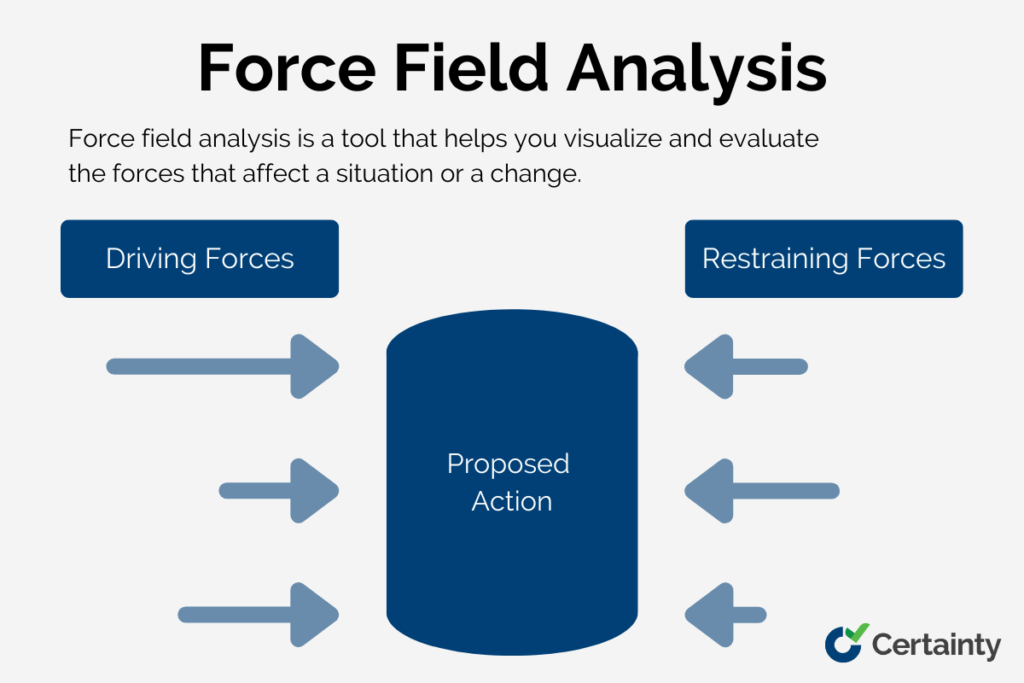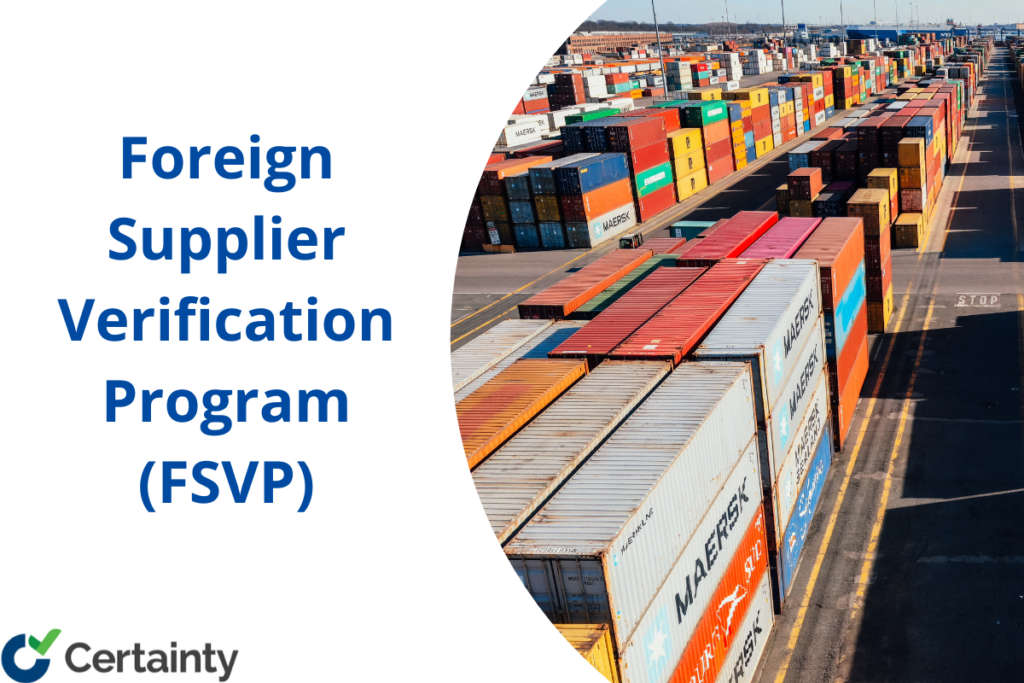Do you want to learn how to solve complex and recurring problems in your business? In this guide, we will show you how to use the 8D problem solving method, a structured and systematic approach that can help you improve your quality, efficiency, and customer satisfaction. You will also see real-life examples of 8D problem solving in action across different industries and contexts. […]

What is TRIR and How It’s Calculated
TRIR is a key safety metric that measures the frequency of workplace incidents and injuries. Improving your TRIR score can help you reduce costs, enhance reputation, and promote a positive safety culture. Learn more about TRIR and how to calculate it in this blog post. […]

How to Use Key Risk Indicators to Manage Risks and Improve Performance
Risk is inevitable in any business, but it can also be a source of opportunity and competitive advantage. You may have tried to use traditional risk management approaches, where each business unit leader is responsible for managing risks within their area of responsibility. Discover how to mitigate risk with Key Risk Indicators. […]

ISO 19011: A Comprehensive Guide to Quality Management Auditing
ISO 19011 is a guidance document that helps organizations to audit their management systems and improve their performance and credibility. In this blog post, you will learn what ISO 19011 is, how it relates to other ISO standards, and how to implement it successfully with best practices and tips. […]

Understanding Workplace Near Miss Events: Types and Prevention Strategies
Near miss events are situations where an accident or injury was narrowly avoided, but could have happened under slightly different circumstances. They are also known as close calls, near hits, or near accidents. Near miss events are common in the work environment. These events can occur in any setting or industry, but they are often underreported or ignored. However, near miss events can provide valuable insights into potential hazards and risks that exist in the workplace, and how to prevent them. […]

How to Use Force Field Analysis to Manage Change and Improve Performance
Force field analysis is a change management tool that helps you analyze the factors that support or oppose a proposed change. It was developed by Kurt Lewin, a social psychologist who introduced the field theory and the theory of change. In this blog post, we will explain what force field analysis is, how it works, and how you can use it to make better decisions. You will learn how to define the current and desired states of a situation, identify and score the driving and restraining forces, draw a force field analysis diagram, and develop an action plan based on the results. […]

Certainty and AI: Implementing AI in Certainty to Reduce Risk, Improve Performance, and Fuel Innovation and Growth
In this blog post, we will share the benefits of implementing AI in Certainty to enhance our product features and benefits for our customers. We will also explain some tips to best prepare your AI implementation. […]

How to Comply with FSVP: A Guide for Importers of Food
Complying with FSVP can help you protect your consumers and your brand reputation, as well as avoid costly penalties and disruptions in your supply chain. But how do you comply with FSVP effectively? In this blog post, we will answer some of the most common questions that importers of food have about FSVP and provide some tips and best practices for achieving FSVP compliance. […]

6 Steps of Lockout/Tagout Procedures
Lockout/tagout (LOTO) is a way to stop hazardous energy from hurting people when working on equipment. It uses locks and tags to turn off and mark the equipment. LOTO is a legal and important safety practice. […]

What is ESG Reporting and Why It Matters for Your Business
ESG reporting is a way of disclosing the environmental, social and governance aspects of your business to your stakeholders. It helps you demonstrate your commitment to sustainability, social responsibility and ethical practices. In this article, you will learn what ESG reporting is, why it matters, and how to get started with it. […]




